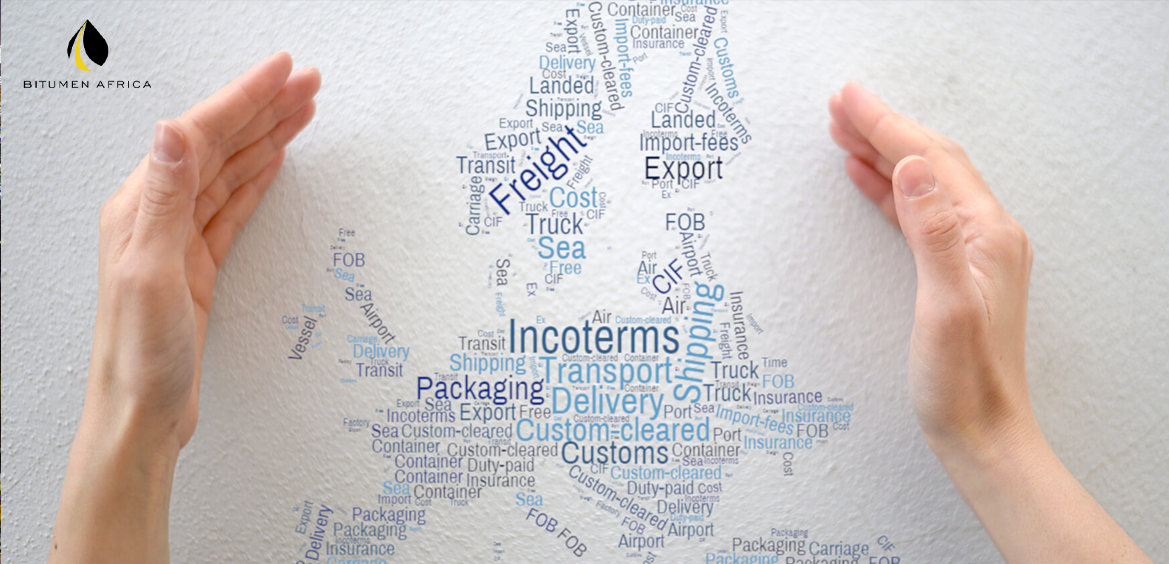Incoterms (international commercial terms) are a kind of international shorthand system to make sure all your responsibilities, costs and associated risks of exporting products are clearly allocated, agreed and recorded. They're used worldwide, usually with a contract or other form of sales agreement for any goods you export - and they should be recorded on your export invoices.
Read Also: Important Refineries of the World
- EXW (Ex Works):
- The seller delivers the goods at his place (factory, warehouse, etc.).
- The buyer is responsible for all costs and risks from the seller's location to the final destination.
- FCA (Free Carrier):
- The seller delivers the goods to the carrier selected by the buyer at the designated location.
- The buyer is responsible for costs and risks from this point on.
- CPT (Carriage Paid To):
- The seller pays the cost of transportation to the specified destination.
- The risk is transferred to the buyer from the delivery of the goods to the carrier.
- CIP (Carriage and Insurance Paid To):
- Similar to CPT, with the difference that in addition to the shipping cost, the seller also pays for the insurance of the goods to the specified destination.
- The risk is transferred to the buyer from delivery to the carrier.
- DAP (Delivered At Place):
- The seller delivers the goods to the designated place in the destination country.
- The seller is responsible for all costs and risks up to the place of delivery but is not responsible for unloading.
- DPU (Delivered at Place Unloaded):
- The seller is responsible for all costs and risks until the delivery of the goods at the designated place and its unloading.
- The buyer is responsible after delivery and unloading.
- DDP (Delivered Duty Paid):
- The seller delivers the goods at the designated place in the destination country and is responsible for paying all costs, including duties and taxes.
- The seller is responsible for all risks until the final delivery.
- FAS (Free Alongside Ship):
- The seller delivers the goods alongside the ship at the designated port.
- The buyer is responsible for costs and risks from this point on.
- FOB (Free On Board):
- The seller delivers the goods on board the ship at the designated port.
- The buyer is responsible for costs and risks from the moment of loading.
- CFR (Cost and Freight):
- The seller pays the cost of transportation to the destination port.
- The risk is transferred to the buyer from the moment of loading on the ship.
- CIF (Cost, Insurance, and Freight):
- Similar to CFR, with the difference that the seller also pays for the goods insurance until the destination port.
- The risk is transferred to the buyer from the moment of loading on the ship.

